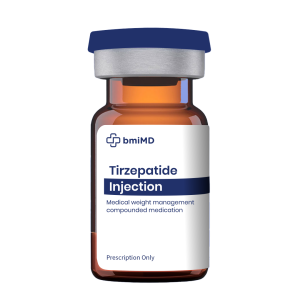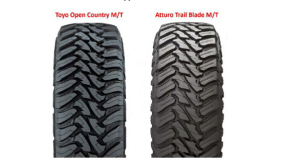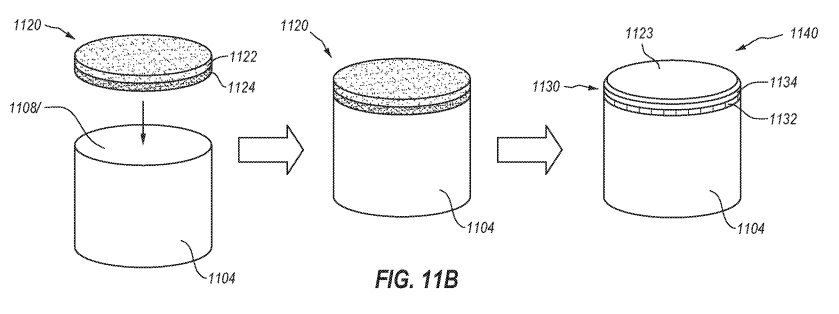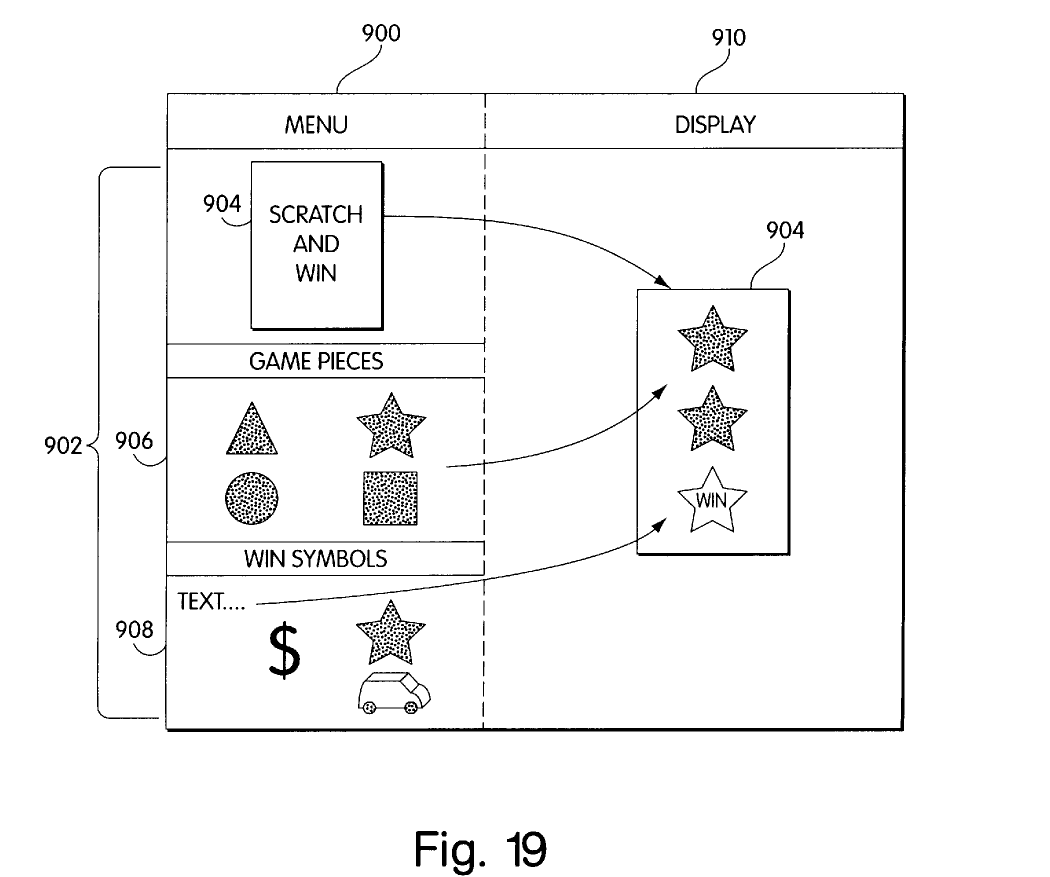by Dennis Crouch
February 2025 has brought unprecedented changes to the USPTO as part of the broader Republican transformation of the Federal Government. This post highlights six key developments affecting the US patent systems:
- Leadership exodus following early retirement incentives;
- Billionaire influences on USPTO operations;
- New examiner productivity reporting requirements and surveillance concerns;
- Uncertainty surrounding the USPTO Director nomination;
- Impacts of return-to-office mandates on patent operations; and
- Hiring freezes, loss of workers, the growing patent backlog, and likely push toward AI solutions.
We are living in a politically divided world and it is easy to read bias into straightforward reporting—my intent here is simply to convey what's happening at the USPTO as accurately as possible, regardless of political implications.
1. Early Retirement Pressure and Leadership Exodus
The USPTO has experienced a significant leadership vacuum following abrupt emails earlier this February encouraging early retirement of all Federal employees, and an unusual level direct outside communication and control of employees from OPM/DOGE. Several key USPTO leaders appear to have accepted these offers, including former Commissioner for Patents Vaishali Udupa, Commissioner for Trademarks David Gooder, and senior leader Tom Krause. The "Fork" deal offered to pay these individuals through September despite no longer having any responsibilities at the agency. For these leaders, at least a portion of their reason for departure was the end of the work-from-home option. Will Covey has stepped in as Acting Deputy Director of the USPTO. He has been part of the General Counsel's office for many years, including substantial time as Director for the Office of Enrollment and Discipline.
My understanding is that examiners who accepted the deal are still doing their daily grind and have not been directly notified of when they can stop. Based upon second hand information, that date appears to be very soon (March 1, 2025). That timing (mid bi-week) suggests that the decision is once again being imposed on the USPTO. I would advise examiners to keep doing their job until told otherwise in this confusing time; some in management will be looking for a mechanism to not pay the entire 7-month bonus.
So far, there is no word from the USPTO on how many individuals (1) opted into the fork; (2) have already left the agency voluntarily; (3) were fired or terminated; or (4) had their job offers withdrawn.
To continue reading, become a Patently-O member. Already a member? Simply log in to access the full post.









